Samsung HW-Q930B
Samsung HW-Q930B Review: Two-minute Review
The Samsung HW-Q930B is a big change for the company's approach to Dolby Atmos soundbars. Historically only Samsung’s flagship soundbars have given you more than just the main soundbar and a subwoofer in the box. In some cases you’ve been able to add rear speakers to mid-range models as an optional extra, but they haven’t been included as standard. The HW-Q930B, though, changes this.
Despite being around half the price Samsung’s flagship soundbar from 2022 (the HW-Q990B) the Samsung HW-Q930B comprises four components: the main soundbar, a subwoofer, and two rear speakers. In fact, it delivers an eye-catching 9.1.4 audio channel count that’s only two channels down on the Q990B’s class-leading 11.1.4 configuration, making it the best Dolby Atmos soundbar for its price.
It also ticks most feature boxes we look for now on the best soundbars, including HDMI passthrough with, support for both of the Dolby Vision and HDR10+ HDR formats, and playback of both of the Dolby Atmos and DTS:X sound formats that currently represent the best the film and music worlds have to offer.
The Q930B’s sound is in a different class to that of its two-piece Samsung predecessors. Not least because including good-quality rears means its sound is now truly immersive, rather than being locked to the front of your room only. In fact, no similarly priced soundbar rival we’ve heard to date combines so successfully such a fulsome surround sound experience with so much raw power – to beat it you'd need to pay more money for something like the Samsung HW-Q990B.
Samsung HW-Q930B review: Price and release date
- Released in June 2022
- Official price of £849 / $1,199 / AU$1,499
Despite only launching a couple of months ago, Samsung’s second tier (one rung below the flagship HW-Q990B) soundbar has already benefitted from a price cut. In fact, in the UK it’s had more than 25% knocked off its price, while the £1,599 price of Samsung’s flagship Q990B model has remained unchanged. This has put a massive £750 of clear cost water between Samsung’s top and step-down Samsung soundbar tiers.
It's not quite that dramatic in the US, but at the time of writing we're seeing it for about $1,100, which is about $600 less than the Q990B, so it's still a massive saving.
So quickly and substantially has Samsung reduced the Q930B’s price, in fact, that it almost makes you wonder if there’s something wrong with it. But there isn't.
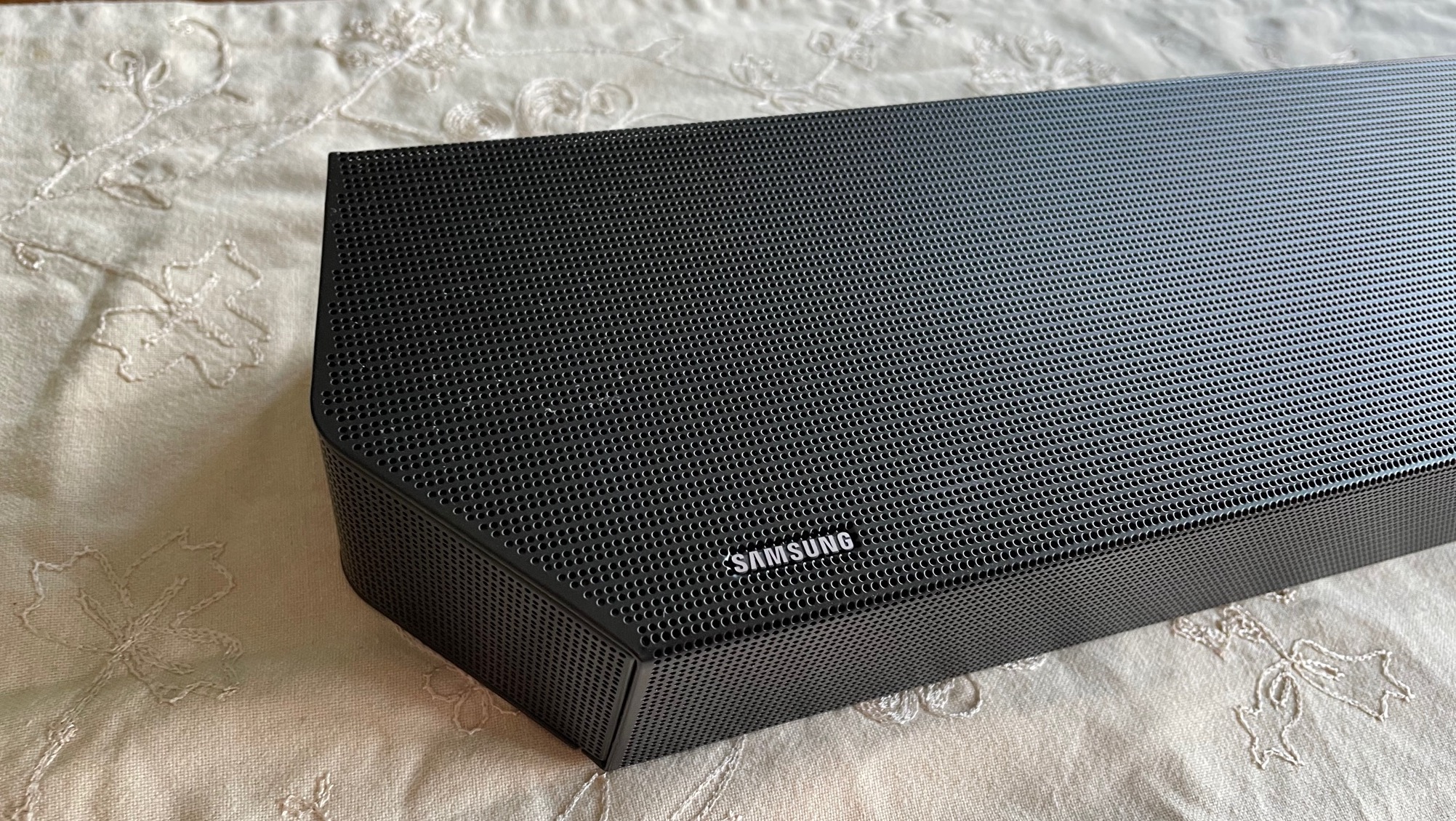
Samsung HW-Q930B review: Features
- Four separate elements included
- 9.1.4 channel count total
- Dolby Atmos and DTS:X support
Samsung’s soundbar range for the past few years has typically given us an all-singing, all-dancing, all home cinema flagship model complete with external subwoofer and rear speakers, with a step-down model that leaves the front soundstage and bass speaker broadly unchanged but loses the included rears, only offering less powerful rears as an optional extra.
The step-down HW-Q930B mixes this established order of things up nicely by retaining included rear speakers. No longer does stepping down from Samsung’s flagship soundbar mean having to lose all sense of any sound coming from behind you.
The Q930B’s included rears are less of a climb-down from those you get with the Q990B than we might have expected, too, thanks to their provision of two drivers each: one firing up, and one firing forward.
The Q930B’s rears do lose the third, side-firing driver tucked inside the Q990B’s rears, but finding two drivers in each rear is seriously impressive for a system that on past form wouldn’t have had any rears at all. And even the two drivers mean you get a more complete Dolby Atmos setup than is even possible with a Sonos Arc and Sonos One rear speaker setup, say – that can't deliver the upfiring rear channels.
The Q930B’s two-channels-each rears play their part in creating a 9.1.4-channel sound from the system’s four physical components. This is a huge channel count for any soundbar, never mind one that’s selling for this price.
Looking for other reasons why the Q930B might be so much cheaper than the Q990B, the step-down model doesn’t get an Acoustic Lens subwoofer. It still boasts a very promising 8-inch driver, but there’s no raised reflector unit sitting over the driver to help it disperse its sound more widely and smoothly.
The main soundbar element is significantly smaller than that of the Q990B system, too, despite squeezing in the same number of channels. This clearly points to a less powerful front sound than you get with the larger system – though at the same time it raises the prospect of a more balanced, cohesive full surround sound stage than you might well have got if the Q930B had partnered more or less the same front soundbar element found in the Q990B package with the less powerful new rears.
It also means that the Q930B is the right size to work with the best 48, 49 and 50-inch TVs and larger – whereas the Q990B needs to be paired with the best 55-inch TVs and up.
The Q930B retains the Space Fit auto-calibration feature introduced with the Q990B and the Samsung HW-S800B, but it loses the Q990B’s extra Auto EQ feature for continually analysing and regulating the subwoofer’s bass contribution.
The Q930B also lets you up the presence of vocal channels in movie mixes via a voice amplifier option if you’re struggling to hear what people are saying in a particular mix, or you have ambient noise to counteract, while the soundbar’s smart features are extensive.
There’s built-in Alexa voice control support, for instance, as well as Tap Connect, where modern Samsung phones can connect to the soundbar just by holding them to the soundbar’s bodywork; AirPlay 2 support; Dolby Atmos music support from Amazon, Tidal or Apple Music; and support for all the key high-resolution file formats.
While we’re on the subject of Atmos, the Q930B is also able to receive wireless Dolby Atmos signals from compatible Samsung TVs. Though this only works in the ‘lossy’ DD+ format, not the lossless True HD format. If you only watch from streaming, that won't make a difference, but it means you lose the best possible quality from 4K Blu-ray players.
The Q930B’s connections, finally, get the job done pretty well with an HDMI passthrough port (though you only get one HDMI input vs two on the Q990B) and, impressively, passthrough of both of the premium HDR10+ and Dolby Vision HDR formats. The only disappointment, albeit one that still affects most soundbars, is the lack of support on the HDMI passthrough for 4K 120Hz or variable refresh rate gaming. This is very rare, so we're not knocking the soundbar for it heavily, but it's something you need to know.
- Features score: 4.5/5
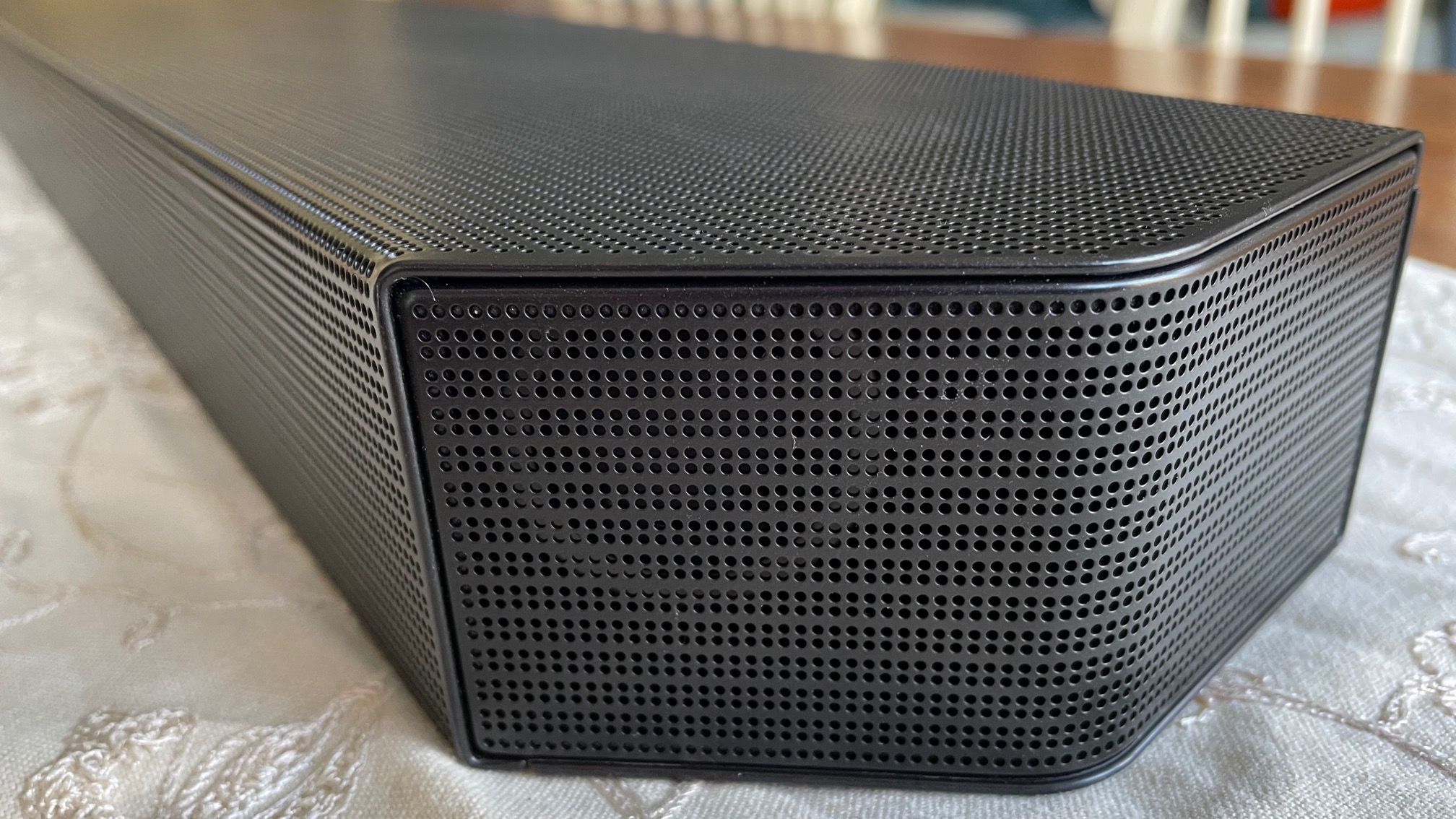
Samsung HW-Q930B review: Sound quality
- Impressively fully developed Dolby Atmos soundstage
- Powerful and responsive bass
- Excellent movie mix detail and staging
The Samsung HW-Q930B’s headline trick is its ability to fill your room with a remarkably full Dolby Atmos or DTS:X sound stage.
The up-firing speakers built into both the main soundbar and rear speakers do a great job of not just creating a sense of height in front of and behind your seating position, but also joining together above you to create the occasional overhead Dolby Atmos ‘voice of god’ effect.
The forward firing drivers of the new included rears also meld expertly with the main soundbar, matching the front soundstage in tone and balancing it in volume.
I did miss the extra sense of width the side-firing drivers in the Q990B’s rears create, which leaves sound transitions from front to back with the Q930B occasionally sounding a touch funnelled, relatively speaking. The good that the rears bring to the party versus any previous Samsung mid-tier soundbar, though, far outweighs their limitations.
After all, convincing Dolby Atmos requires the creation of a three-dimensional dome of sound around your seating position into which effects can be placed, and you just can’t experience such a dome convincingly if there are no speakers behind you. Or if those rear speakers aren’t effectively tonally matched to the front soundstage.
Talking of which, the main soundbar’s deployment of front left, front right, front centre, side left, side right, front side left, front side right and two up-firing drivers manages to deliver a wide, forward propelled, room-filling sound that’s also packed with impressively crisp, clean and well placed details.
Dialog in movie mixes remains clear but also well contextualised despite the Q930B’s main soundbar being significantly smaller than that of the Q990B system, and as with the rear soundstage there’s a palpable sense of height to the main bar’s sound thanks to the up-firing drivers that palpably and convincingly expands the Dolby Atmos experience.
The Q930B has the power to portray sound transitions from across, through or over the 360-degree sound space it creates with great conviction, and the sound stage is big enough to fill at least a medium-sized room.
Underpinning the surprisingly large and detailed sound created by the Q930B’s rear and front components is some serious bass from the subwoofer. Rumbles reach extremely low by soundbar standards, and they’re able to sustain their depth over protracted periods without losing their timing or succumbing to distortion or timing issues.
The subwoofer proves surprisingly nimble when it comes to both the depths and volumes of bass it can inject into movie mixes too, and I was relieved to hear that despite the lack of an acoustic lens element and the smaller size of the main soundbar, the subwoofer’s bass still sounds like a convincing extension of/attachment to the lower mid-range of the other components, rather than like some baggy or over-dominant interloper.
Probably inevitably for a soundbar that has so much to offer for what is in the circumstances surprisingly little money, the Q930B does come with a compromise or two in tow. First, it isn’t as powerful or impactful with loud movie soundtracks as the Q990B. This is hardly surprising and only to be expected given how much cheaper the Q930B is, but it’s important to state all the same as some aspects of the two soundbars’ specifications and could fool you into thinking there’s really not that much between them.
Bass is a little less refined and non-directional with the Q930B than it is with the Q990B too, the rear soundstage lacks a little scale versus the Q990B as already mentioned, and as with really all of Samsung’s high-end soundbars to date, the Q930B’s movie mastery doesn’t cross over to music playback.
The main problem with music is the subwoofer. While this is adroit at underpinning the extreme dynamics of a thumping action movie mix, it can feel quite uncomfortable with various types of music. For one thing, it tends to drop in and out of the mix too often and too dramatically, drawing attention to itself and so spoiling your immersion in your music.
The subwoofer also doesn’t attach as naturally to the bottom end of the main soundbar’s dynamic range with some types of music as it does with movies, again making it hard to to settle into your favourite tracks as comfortably as you’d like.
These bass issues are unfortunate, as in other ways the Q930B actually sounds more engaging with music than the ultra-muscular Q990B. Vocals in particular feel well balanced and effectively staged relative to the rest of the mix, songs are projected far and wide without becoming incoherent or overwhelming, and detail levels are high without becoming clinical.
It’s worth adding that the Q930B’s Adaptive Sound mode for converting stereo music into a multi-channel mix able to take advantage of the 9.1.4 channel count performs quite well with some types of music (especially classical or densely layered rock and pop). This mode tends to integrate the subwoofer more successfully than the soundbar’s stereo mode does, too, but it’s a little inconsistent in its results, and will likely be of little interest to music purists.
- Sound quality score: 4.5/5
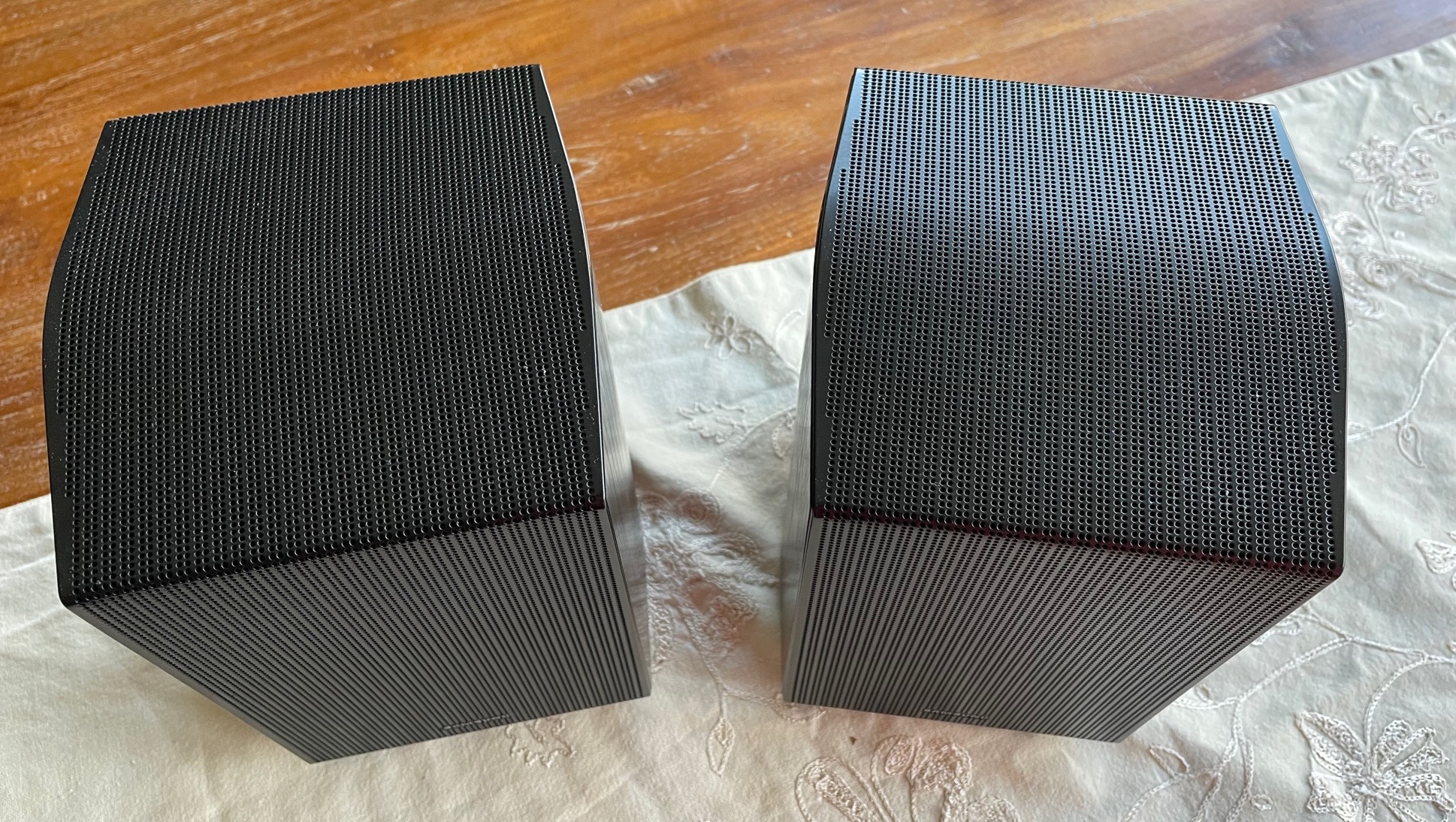
Samsung HW-Q930B review: Design
- Four component package
- 9.1.4 channel configuration
- Rear speakers have two drivers each
As mentioned before, the Samsung HW-Q930B comprises four elements: two wireless rear speakers, the main soundbar and a wireless subwoofer. The rears are the most unexpected addition to Samsung’s usual second-tier soundbar specification, and they double their usefulness by incorporating up-firing drivers as well as the usual forward-facing speakers.
The main soundbar is smaller than we’re used to seeing from Samsung at this level of its soundbar range, but it still tucks nine channels of sound into its crisp form. Its smaller size makes it an easier to accommodate partner for mid-size (48- to 55-inch) TVs, and I was seriously happy to find that it provides a helpful LED readout on its front edge, rather than unhelpfully placing this readout on the soundbar’s top edge, as with previous generations, where you can only see it if you’re standing over the soundbar.
The subwoofer isn’t particularly pretty, but it doesn’t need to be. You can, after all, hide it behind a sofa or under a side board without damaging its sound. Provided, anyway, that you’ve left the side with the large driver built into it facing into your room.
- Design score: 4/5
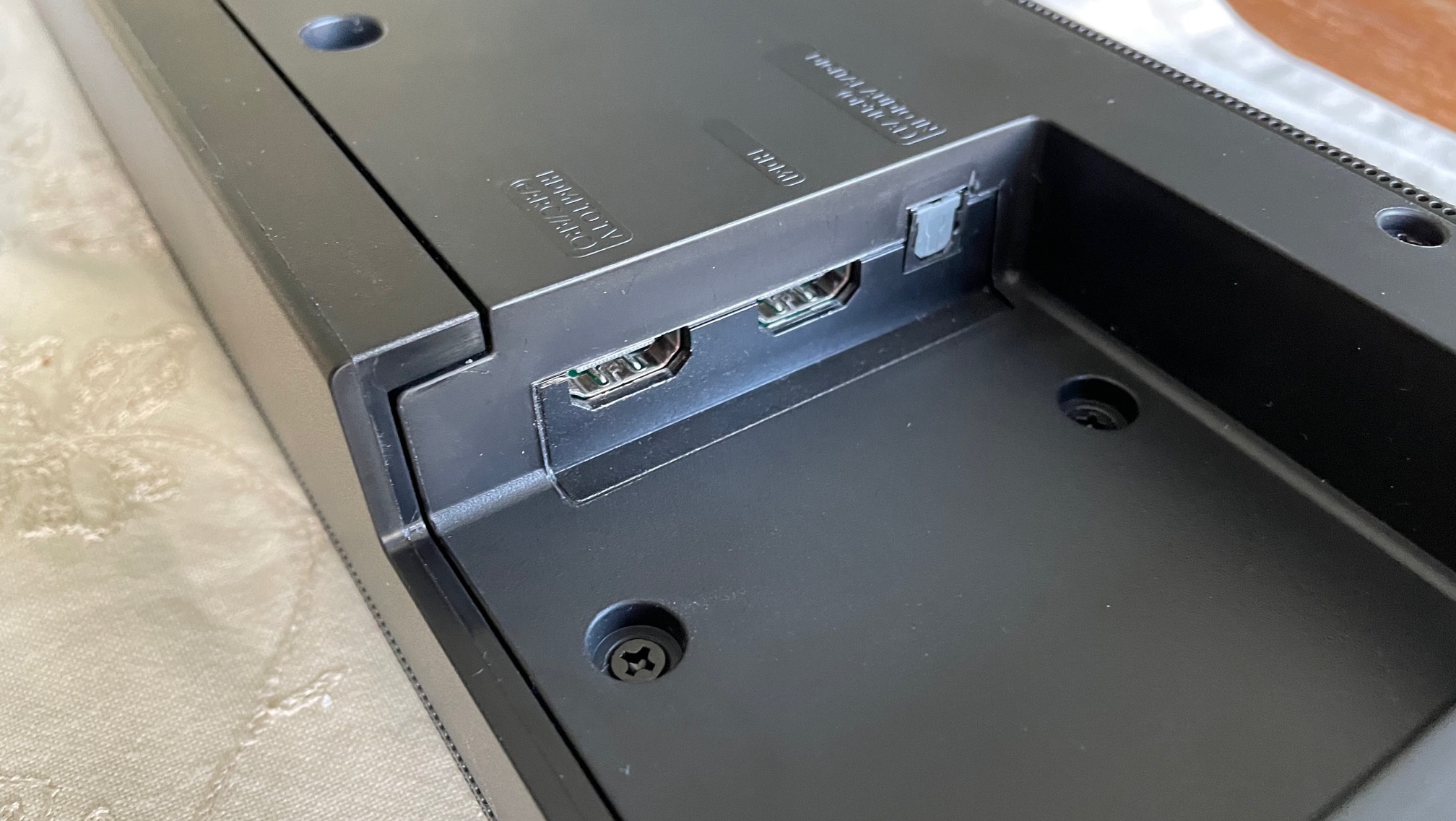
Samsung HW-Q930B review: Usability and setup
- Wireless connections all work well
- Space Fit auto calibration system
- Front-mounted LED
As soon as the four components were plugged in and switched on, they instantly established themselves in a wireless system that never dropped a speaker even once during our time testing the Q930B.
Samsung’s Smart Things app makes it easy to get the soundbar on your Wi-Fi system for streaming, and it’s easy, too, to establish Bluetooth connections with your smart devices. Especially if you have a Samsung phone compatible with the brand’s Tap Connect system.
The Sound Fit system accessed through the Smart Things app does an effective job of automatically optimizing the speakers’ output to your room, while the front-mounted LED helps you track which input you’re using, which sound format the soundbar is receiving, and which audio preset you’ve selected.
The handset provided with the Q930B doesn’t provide control over all of the soundbar’s features, but it’s very easy to use for regular day-to-day functions.
The Q930B’s HDMI output supports eARC functionality, whereby Dolby Atmos and DTS:X soundtracks can be passed out to the soundbar from an eARC-capable TV. This will be handy for many users – especially gamers wanting to connect consoles directly to TVs. It’s good, though, that there’s also an HDMI passthrough for people whose systems suffer with audio sync problems while using eARC, or with TVs that don't support Dolby Atmos – you can plug a source straight into the soundbar, and it'll take the Atmos soundtrack and then pass the visuals off to your TV.
The only real usability gripe about the Q930B is the need to switch between Standard and Adaptive sound modes for different types of music, but if you only use it for movies, that won't be a problem anyway.
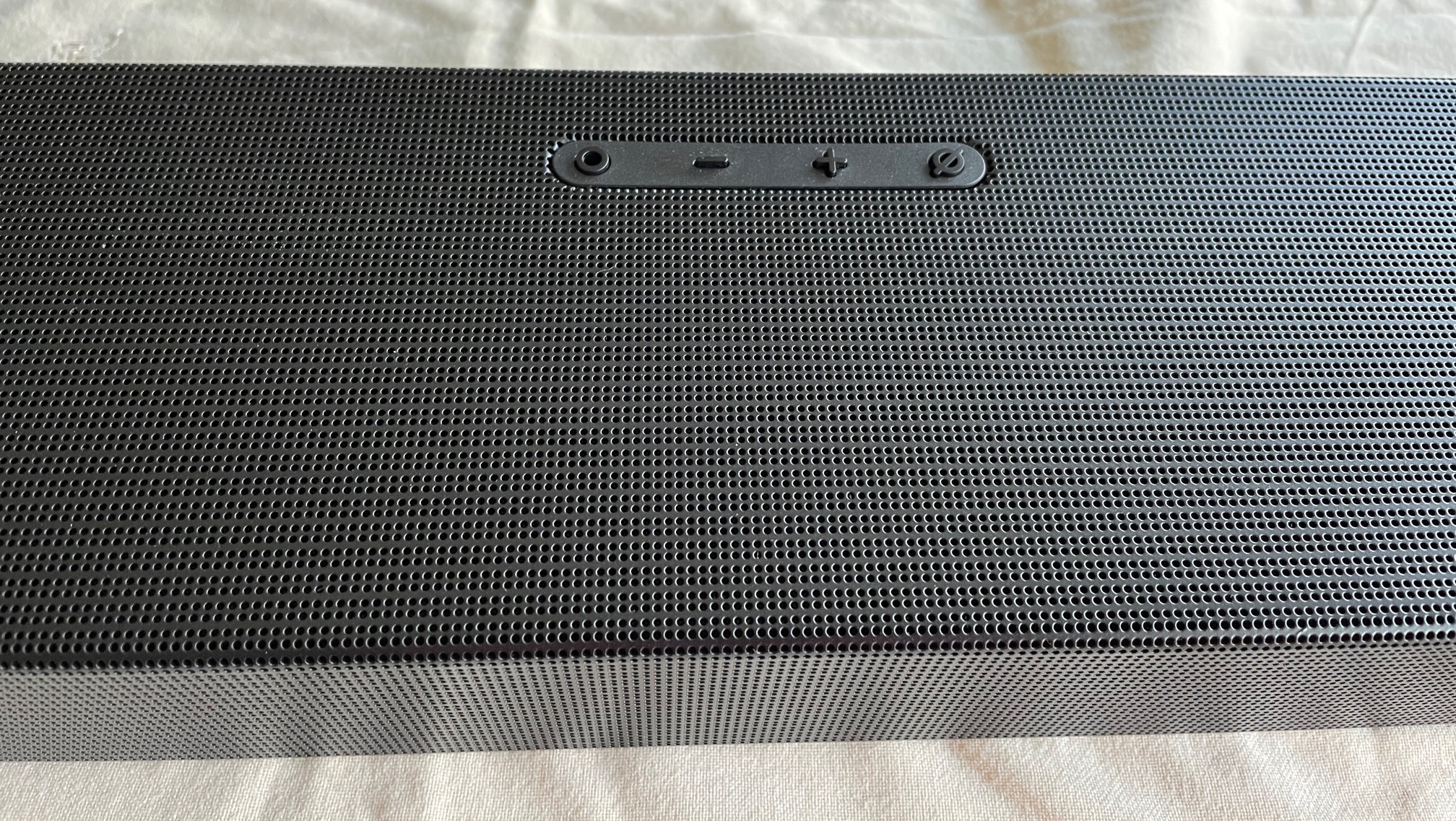
- Usability and setup score: 4.5/5
Samsung HW-Q930B review: Value
- Much cheaper than Samsung’s flagship soundbar
- Great value for a full surround system
- A separates system would cost substantially more
With the discounts that have already been applied to the Samsung HW-Q930B, it looks like excellent value for a soundbar that combines four components with bags of power and 17 drivers delivering 14 channels of intense, brilliantly realized Dolby Atmos surround sound. In fact, at the time of writing, it's effectively unbeatable value.
The Q930B is not as powerful, impactful, fully rounded or capable of filling really big rooms as Samsung’s Q990B flagship soundbar, but we'd say the compromises are pretty easy to swallow in return for saving $600 / £750.
If money’s no object, you should get the more powerful and even more immersive Samsung Q990B instead – the extra money does make a difference. But Q930B sounds far more powerful and immersive than you’ve any right to expect for its cost.
Particularly outstanding for its money is how completely enveloping and immersive its soundstage is with Dolby Atmos and DTS:X soundtracks. There’s no other soundbar we can think of for a similar price that delivers cutting edge movie soundtracks so effectively.
Of course, if you’re wanting a one-box ‘tidy’ soundbar that doesn't include the rear speakers or a subwoofer, this option won't be for you – look to the Sonos Arc or Sony HT-A7000 for a subwoofer-less option with the same kind of high-quality sound.
- Value score: 4.5/5
Should I buy the Samsung HW-Q930B?
| Attributes | Notes | Rating |
|---|---|---|
| Features | Very well-specced – the things it's missing are minor. | 4.5/5 |
| Sound quality | A true Dolby Atmos 'dome of sound' experience with an excellent and measured sound balance. | 4.5/5 |
| Design | Impressively small for a system with such scale. Not a looker, but that's okay. | 4/5 |
| Usability and setup | Seamless wireless speaker connections, and easy to get on your Wi-Fi. A useful screen, too. | 4.5/5 |
| Value | There's nothing quite like it for this price, as long as you want a big setup. | 4.5/5 |
0 comments:
Post a Comment